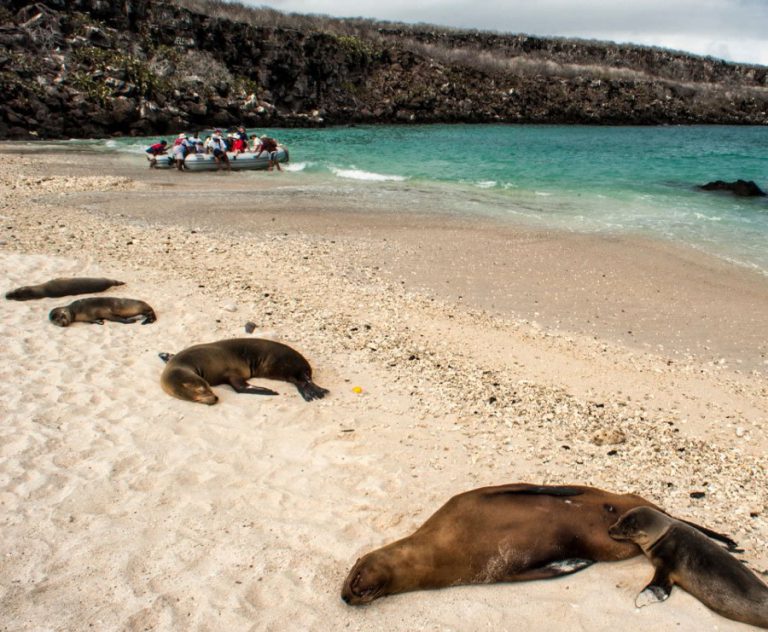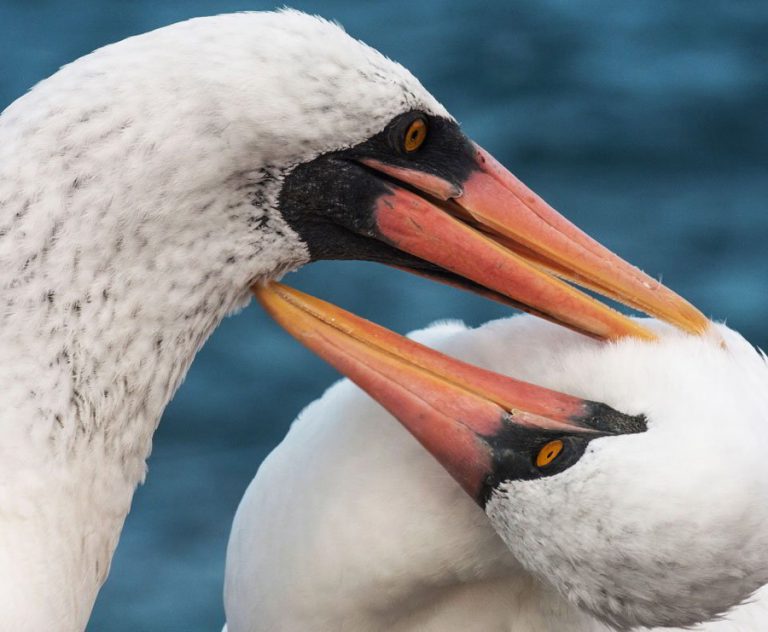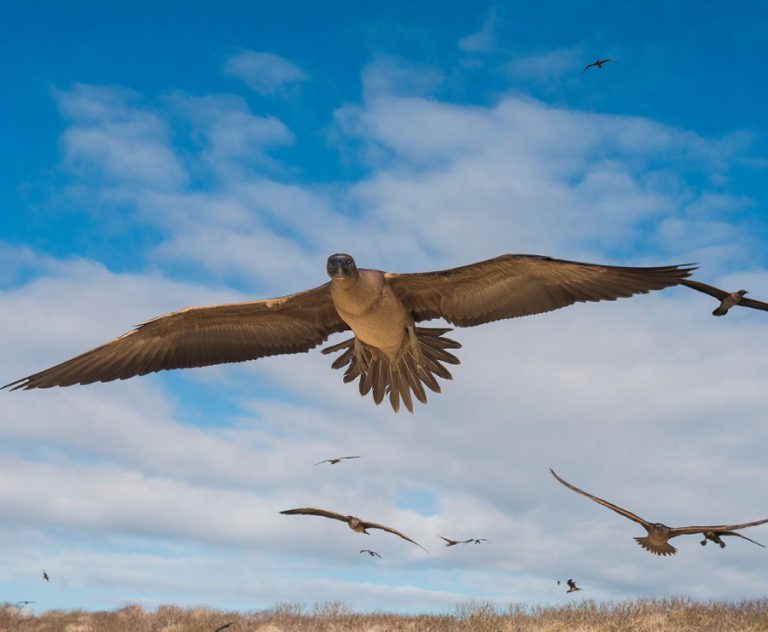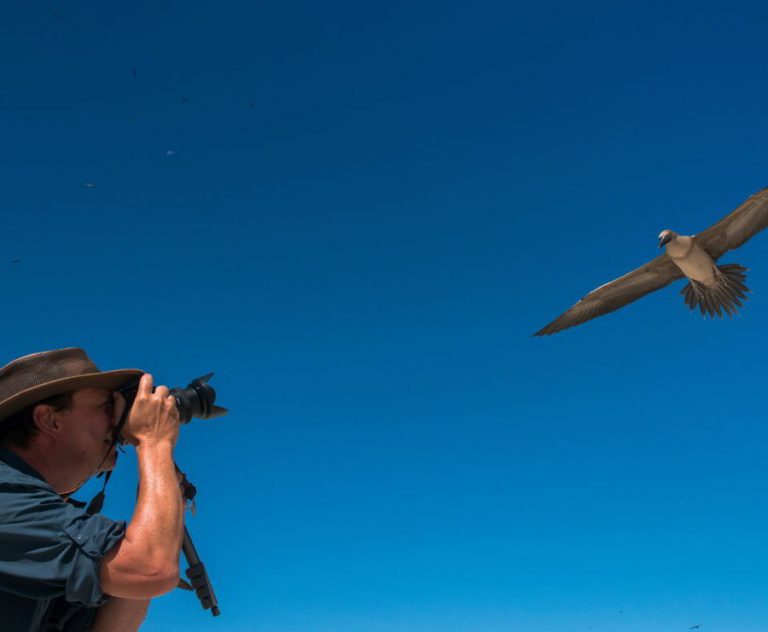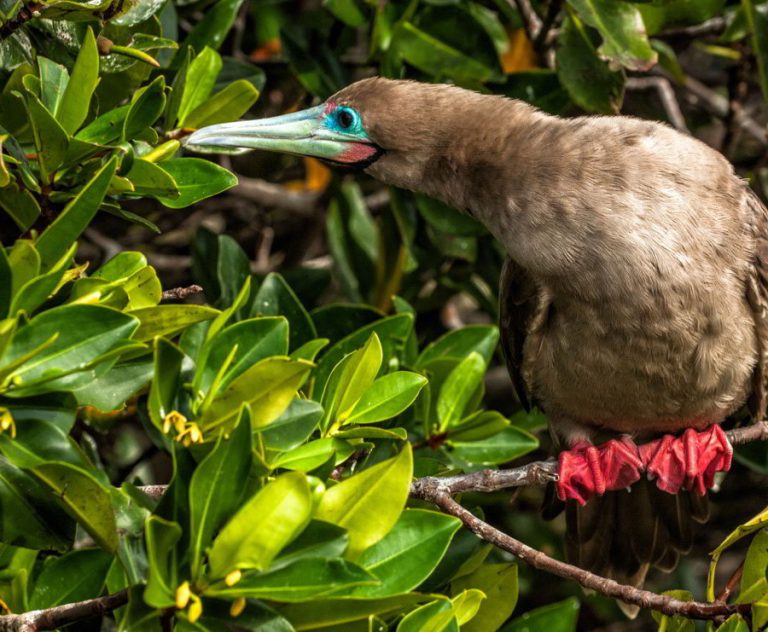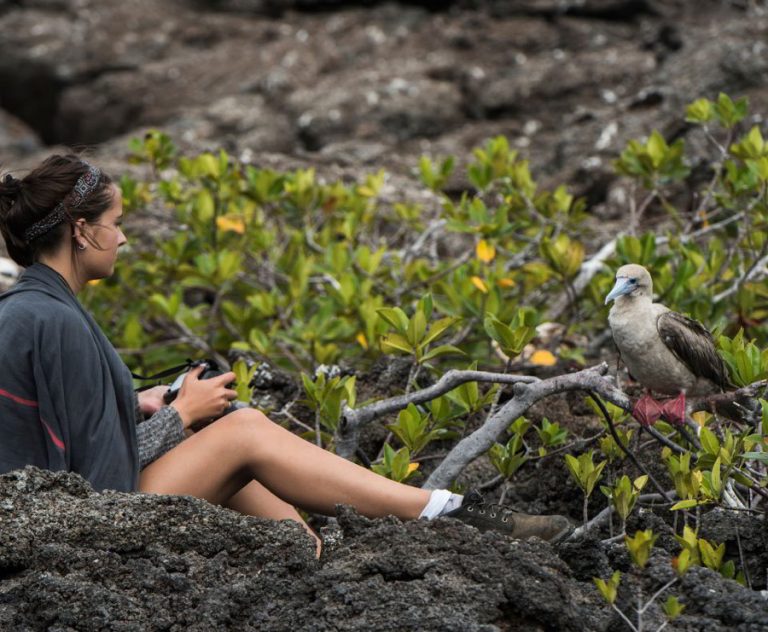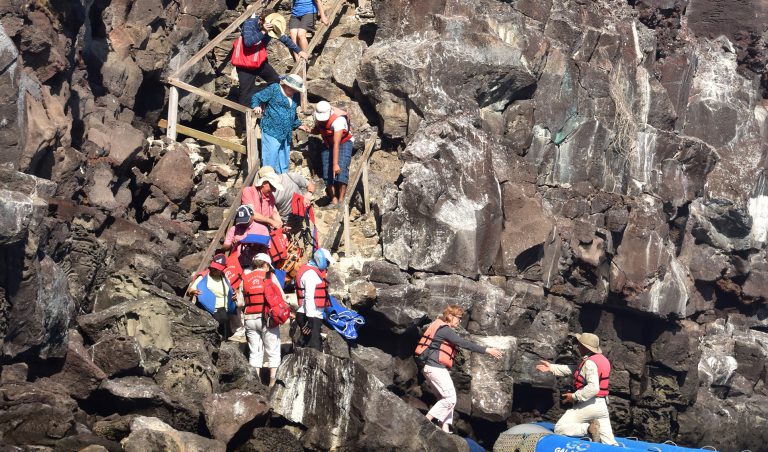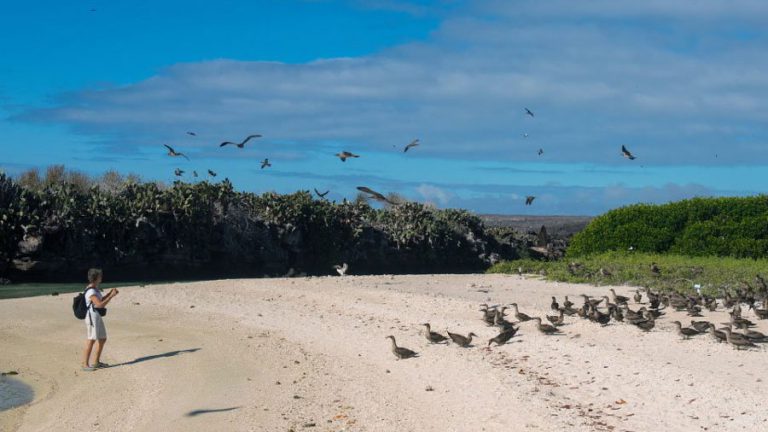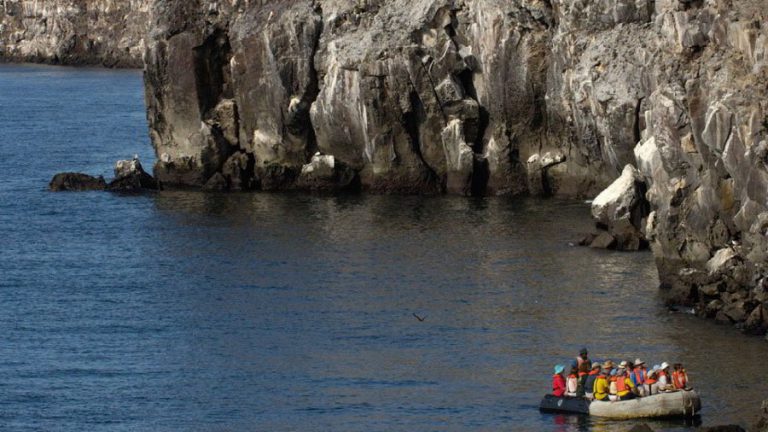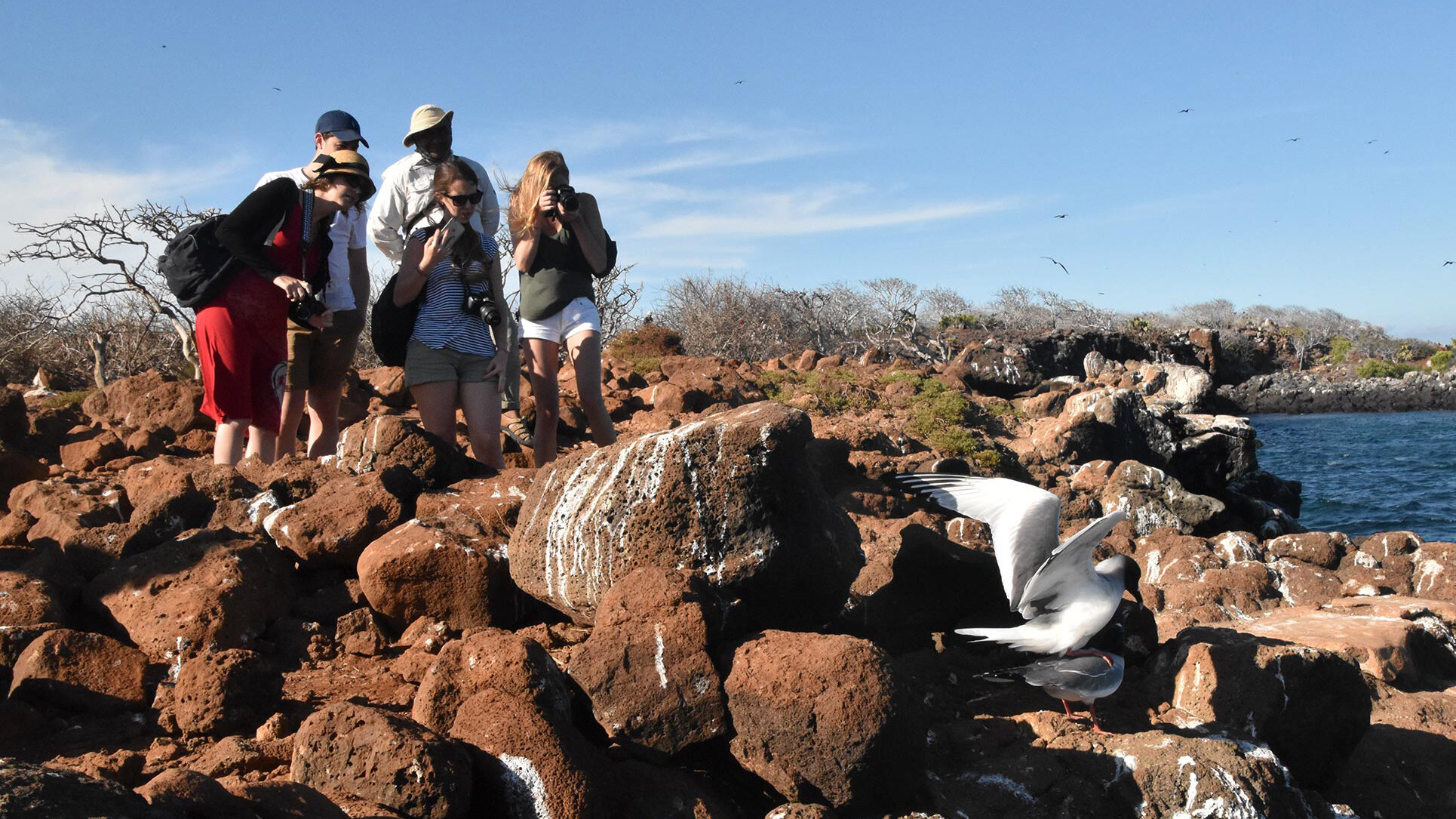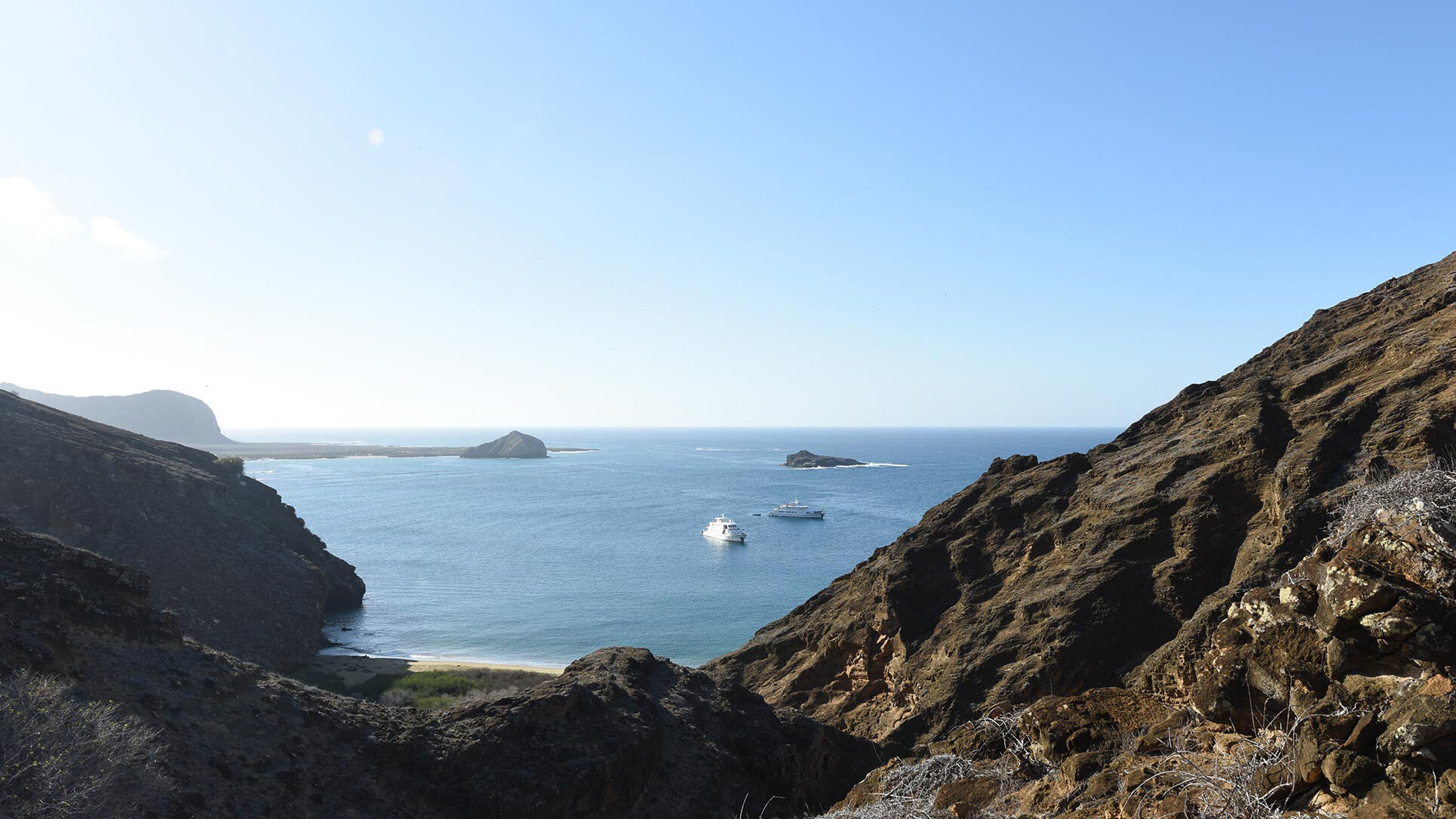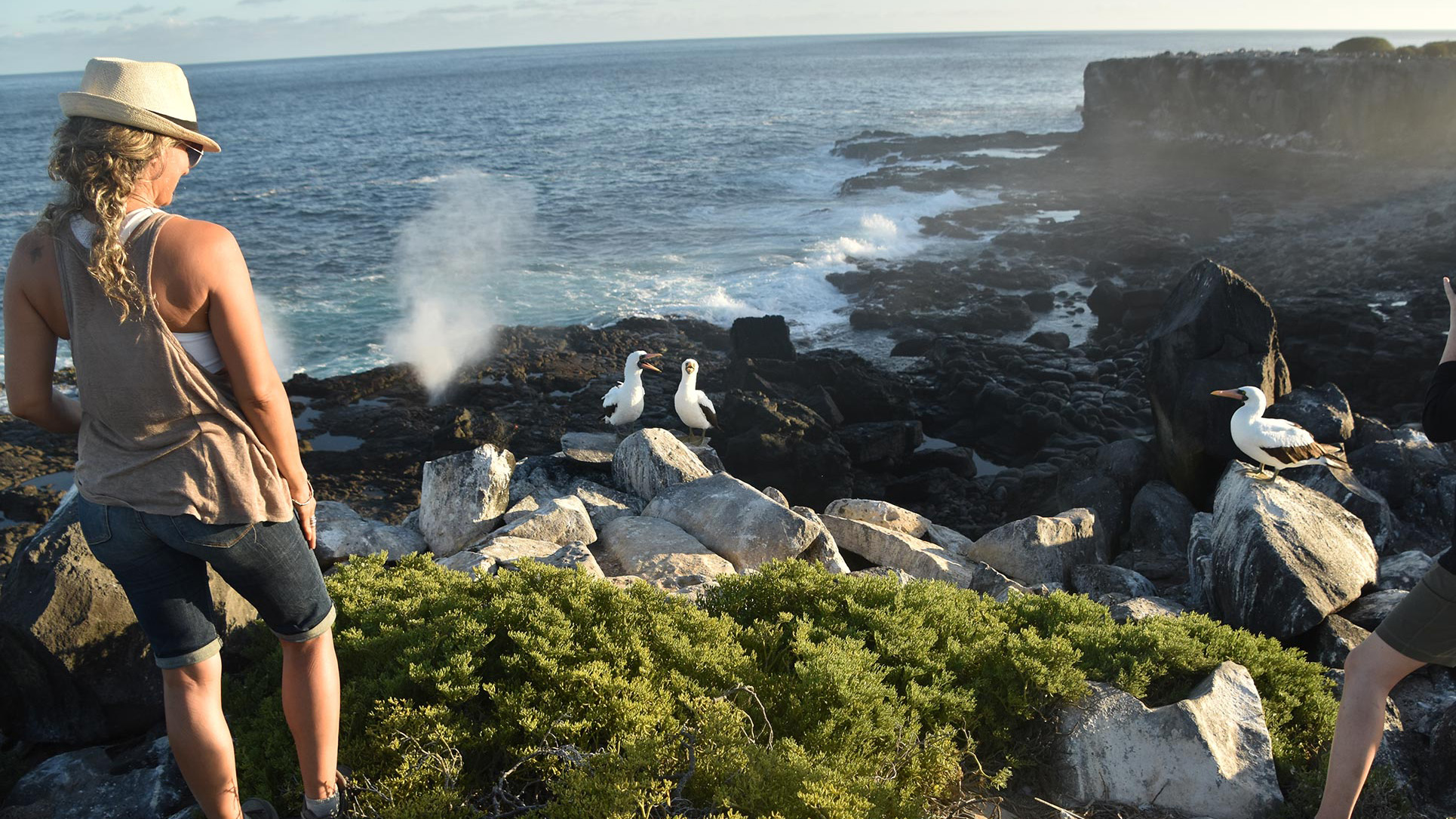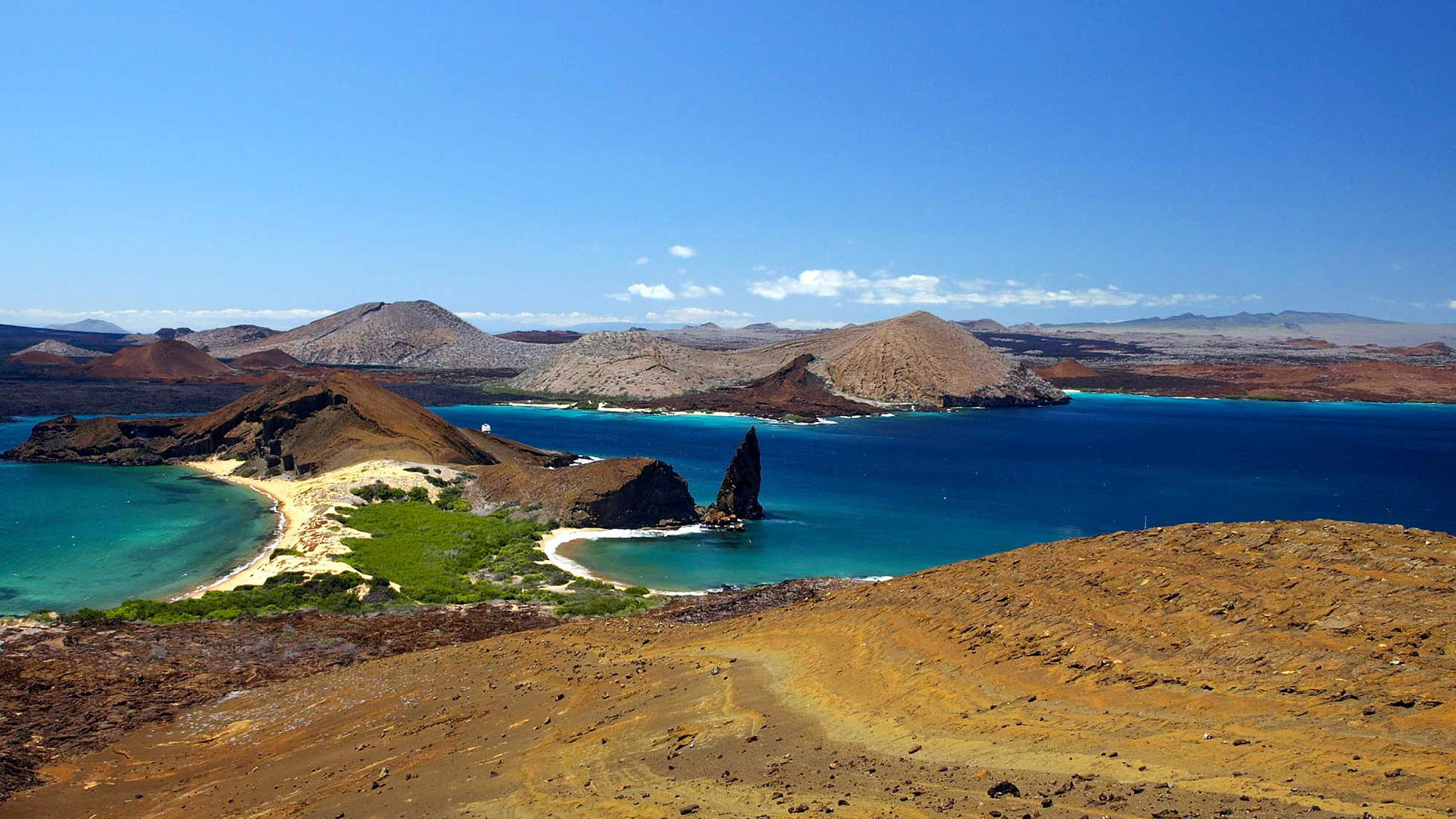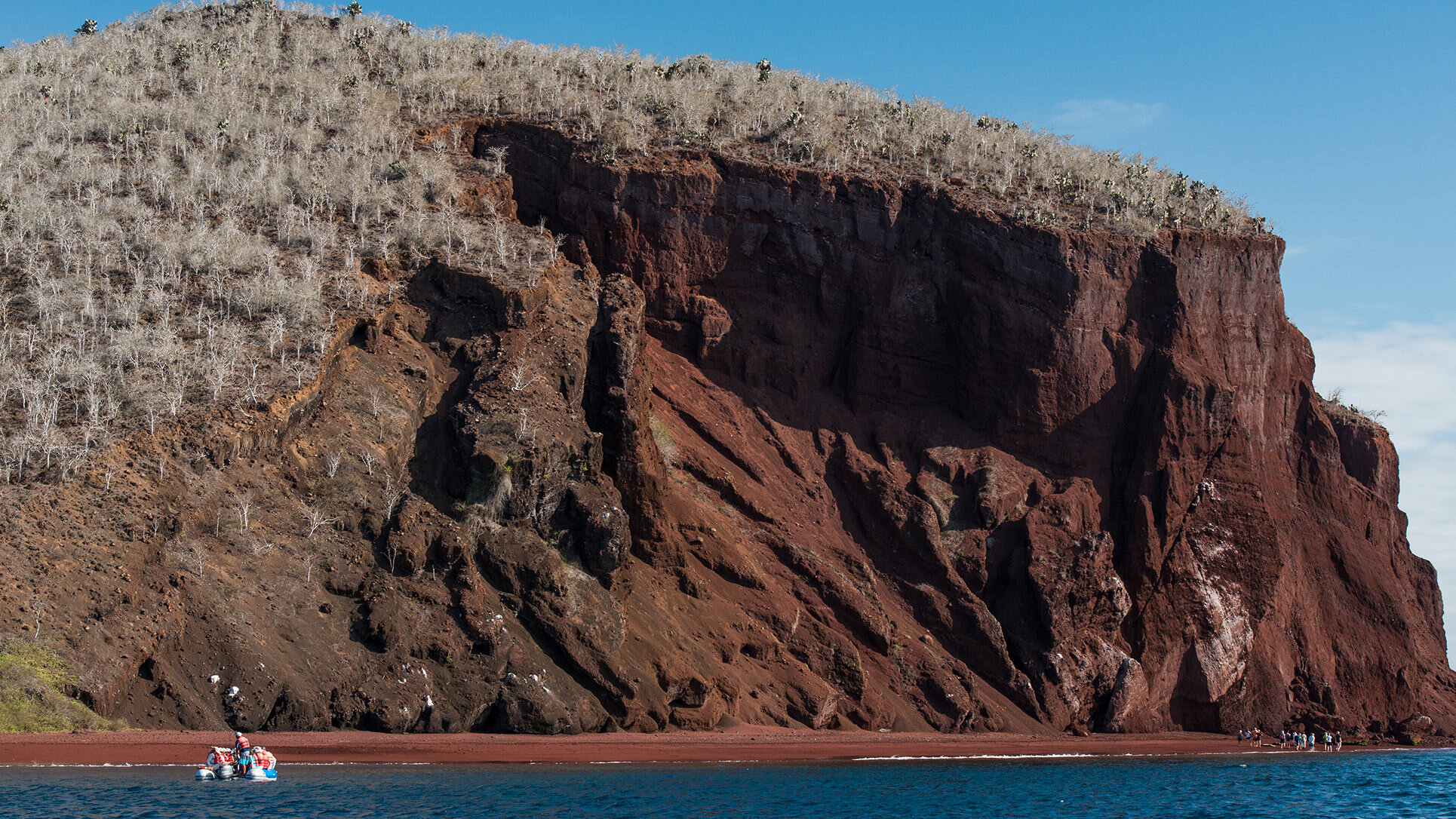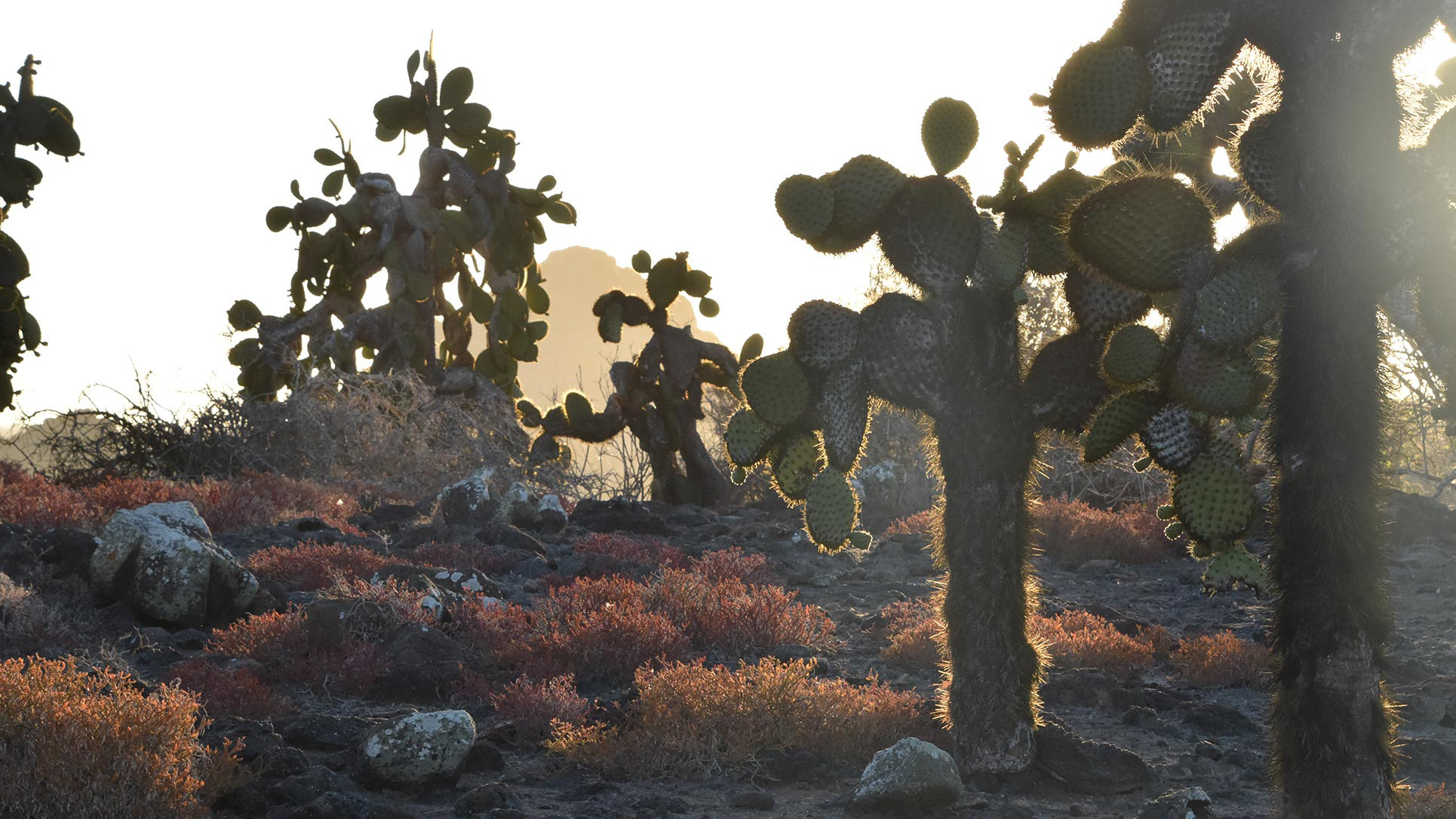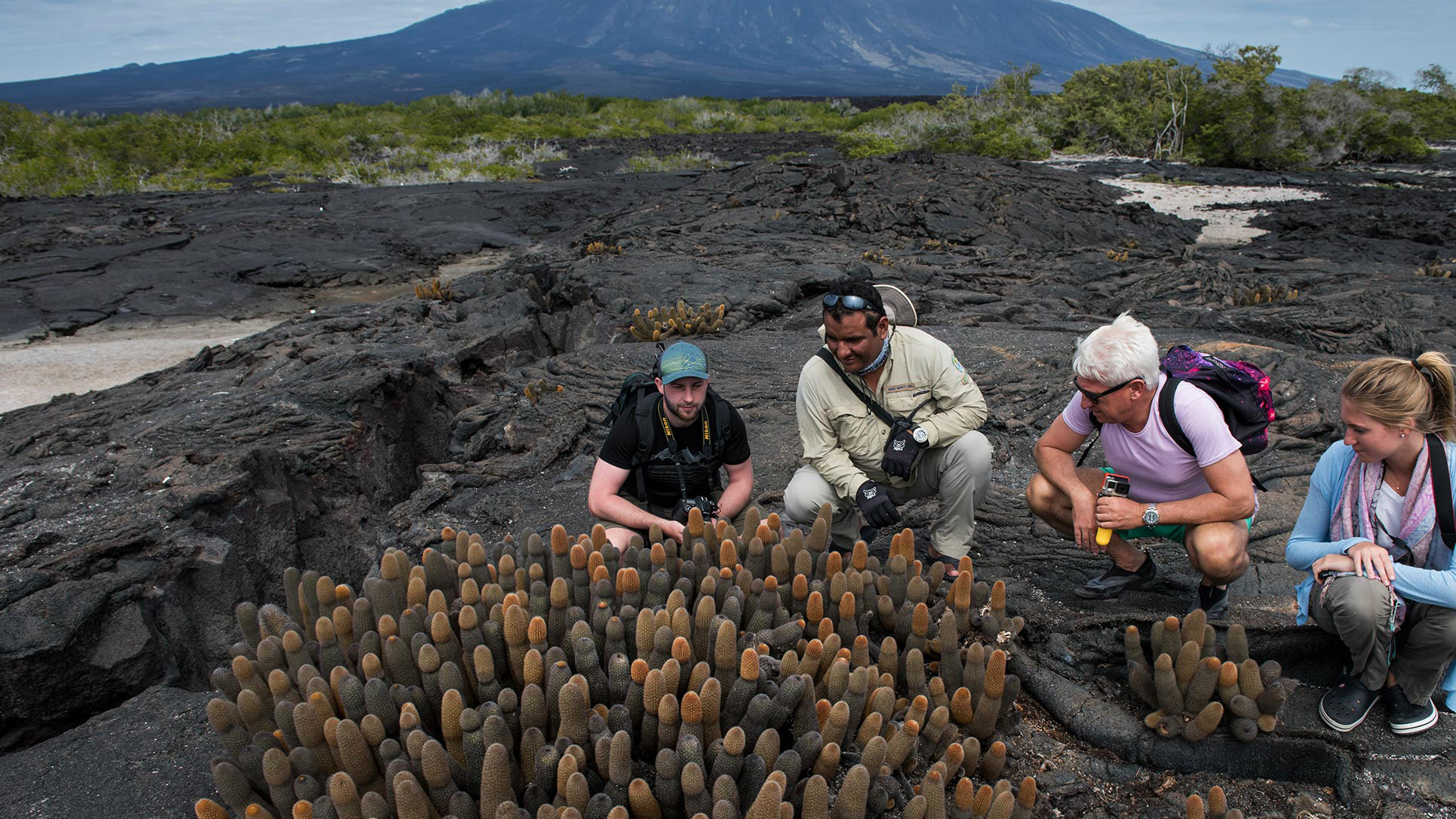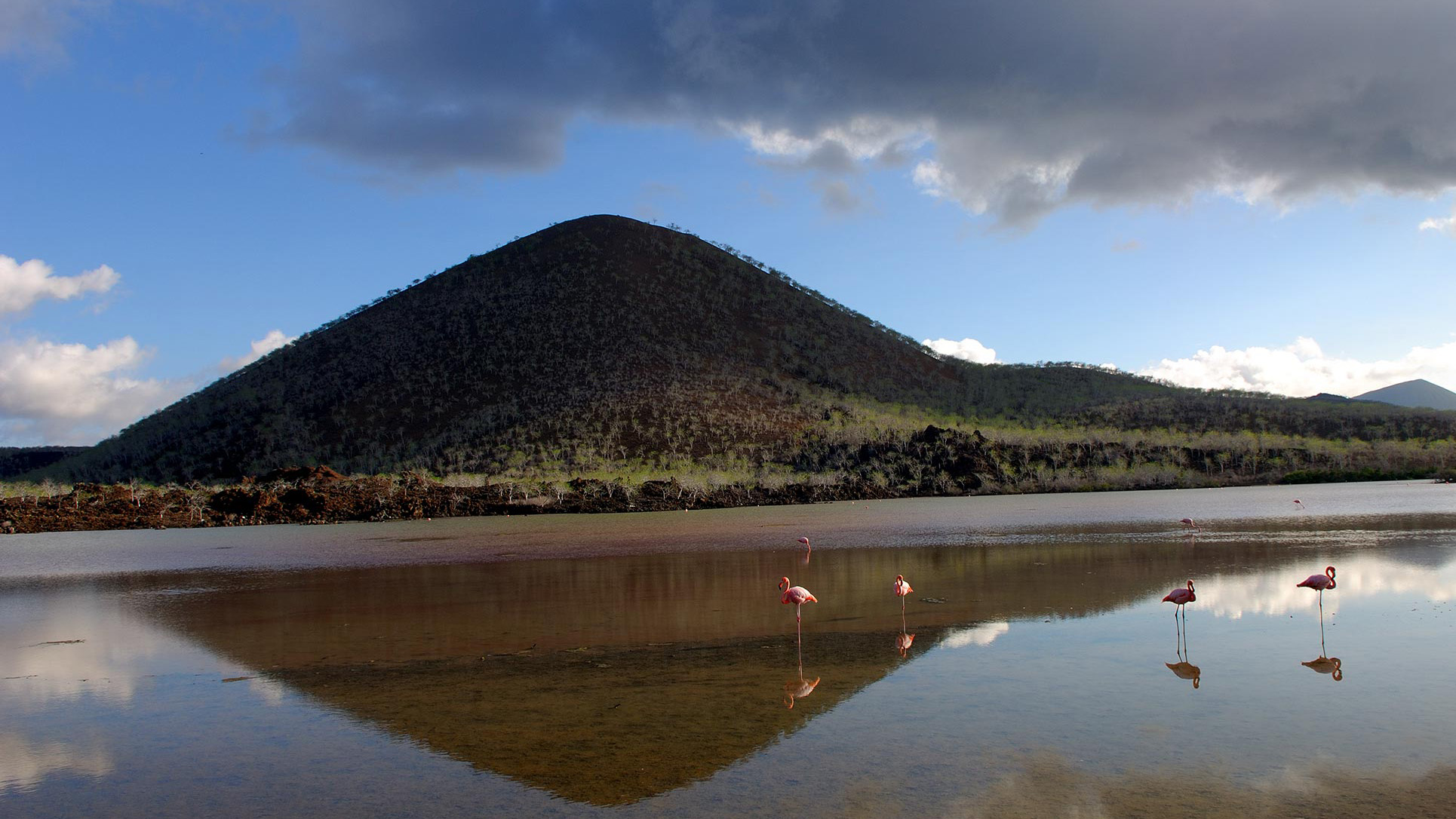
More about Genovesa
“Genovesa Island” one of the jewels of the Crown is now part of our itineraries. Genovesa is one of the most precious islands to visit in a Galapagos cruise! Genovesa is also known as the “Bird Island“, and it most certainly lives up to certain standard in a spectacular way. Passenger will have the opportunity to enjoy the most representative birds of Galapagos as: Puffball–chicks, white both yellow–crowned and lava herons, Red footed boobies contrasting with the Nazca booby and also the Sawllow–tailed gulls, the only nocturnal gulls in the world that will be nesting at the cliff’s edge.
Location Map:
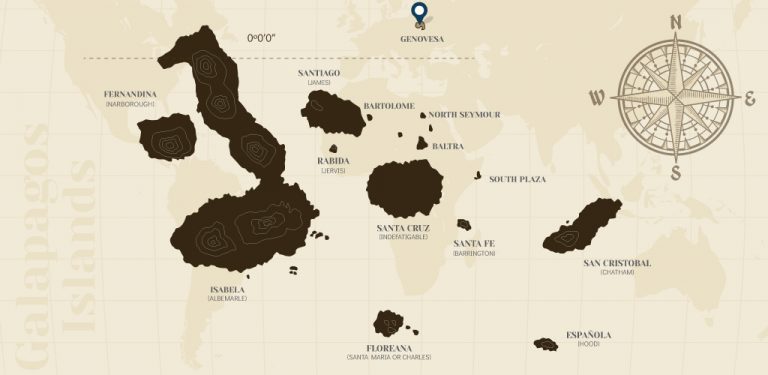
Genovesa Island Visitors Sites
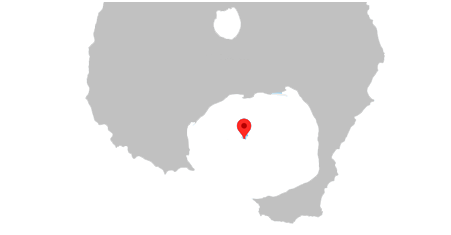
Sandy coral beach with a great viewpoint of the bay. From within the flooded caldera of Tower Island, we set foot onto a sandy beach to be greeted by swallow-tailed gulls often said to be the most beautiful gull in the world. Our short, flat, trail leads us past stands of mangroves and saltbush on which we have our best possible look at nesting red-footed boobies and great frigatebirds. At the tidal lagoon, we may also see the rarest gulls in the world, our very own, endemic lava gulls.
- Disembarking:
- Type of Terrain:
- Physical Conditions Required:
- Activities: 45 min kayaking / 25 min glass-bottom boat / 1-hour deep or beach snorkeling / 1 hour 15 min hike
- Highlights: Swallow-tailed and lava gulls, frigatebirds (minor & magnificent), mockingbirds, yellow-crowned night herons, large beaked cactus finch, the smallest marine iguanas of the islands.
Suggested Items:
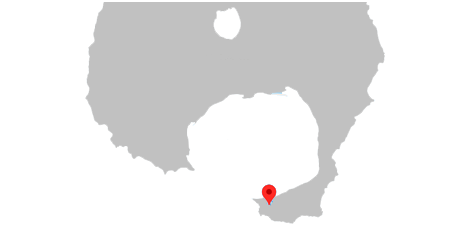
A paradise for bird lovers, about 200,00 Red-footed boobies in their nesting site.
Prince Philip´s Steps are named after a visit by the British Monarch in 1964. The 81-foot stairway leads to a narrow stretch of land that opens out onto the plateau surrounding Darwin Bay, that extends forming the north side of the island.
Riding our dinghy to the far side of the caldera, red-billed tropicbirds display vociferously overhead while Galapagos fur seals can be seen on the shoreline. Once at the top of the rocky stairway we are immediately met by Nazca boobies, red-footed boobies, mockingbirds, and finches that line our way through a palo santo forest until we arrive at an expansive open lava field. Wedge-rumped storm petrels swarm above the lava where we keep our eyes peeled for short-eared owls.
- Disembarking:
- Type of Terrain:
- Physical Conditions Required:
- Activities: [2-hour hike / 45-min dinghy ride[:es]2 horas de caminata / 45 min paseo en panga
- Highlights: Petrified lava field, nesting tropicbirds, lava heron, swallow-tailed gull, Galapagos petrel, red-footed boobies, short-eared owl, Nazca boobies, Warbler Finch, Large ground finch, Large cactus ground finch, vampire finch.
Suggested Items:
